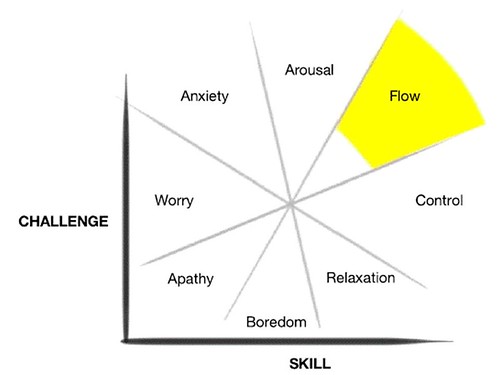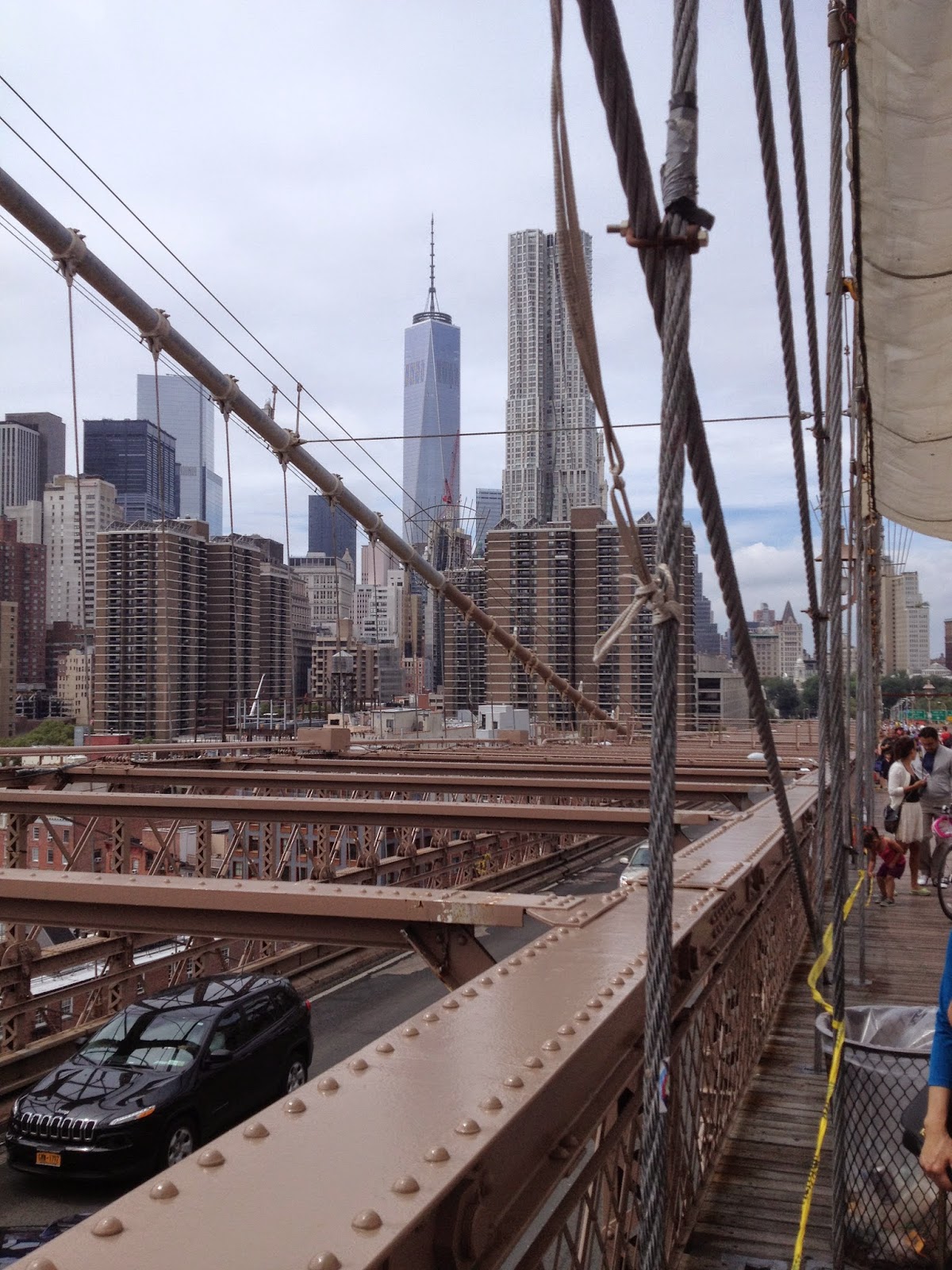One of the last paragraphs of the blog entry is pretty provocative...
To finish up, let’s do one theoretical experiment. We transport highly trained Finnish teachers to work in, say, Indiana in the United States (and Indiana teachers would go to Finland). After five years—assuming that the Finnish teachers showed up fluent in English and that education policies in Indiana would continue as planned—we would check whether these teachers have been able to improve test scores in state-mandated student assessments.He finished the thought experiment saying that the Finnish teacher in Indiana would be less effective and the American teacher in Finland would be more effective. Why? He posits that the American teacher in Finland would:
stand to flourish on account of the freedom to teach without the constraints of standardized curricula and the pressure of standardized testing; strong leadership from principals who know the classroom from years of experience as teachers; a professional culture of collaboration; and support from homes unchallenged by poverty.
Now we can spend time unpacking those ideas--the socioeconomic status of our kids and their success; administrators and the lens of classroom experience; and a 'culture of collaboration' in the teacher's lounges.
I'm not done with my own unpacking, but I will say I do agree with him on some cursory level. The school I teach at is considered successful. We regularly have a high percentage of National Merit awards each year. Our students receive millions of dollars in scholarships based on their academic prowess, athletic ability as well as leadership experience and potential. As importantly, we have college students who regularly come back to us and say they were prepared for the rigors of university.
We are successful, in large part because we meet the Finnish design. Teachers passionate about students and their subjects. My boss was a classroom teacher for 20+ years before joining the administration. Our school was founded on the concept that teachers are expected to be leaders and entrepreneurs in their classroom and should be given the respect and latitude that a leader/entrepreneur needs. We are expected to develop curriculum rather than receive it top-down from administrators. We have a wide range of families (wealthy to middle class; natural-born and naturalized; multi-faith...) on our campus, but there is a general understanding that there is a common goal--the student. We don't always agree how to achieve that goal, but the goal is to keep the student in the center of any conversation/collaboration. We are most definitely not perfect. We have challenges we need to deal with. We certainly don't have a ...
...This is where my friends remind me that I teach at a private school and that public school's have it much harder which makes it more difficult to fix.
And I agree. Sort of.
Normally, I would sit quietly, nurse my beer, and listen to the laundry list of reasons why public schools can't (fill in the blank)...
But, I am feeling a little froggy today and have decided that 2015 is the year of Mr. Mc--private school teacher. I know my thoughts on the subject are going to peeve a few people and I respect that. I am more than happy for this blog to be a spot for passionate dialogue on the issue of education. Actually, I would be delighted for it to be a place for passionate discussion. I told someone last night that I was thinking about shuttering the blog because it didn't seem worth writing anymore. This thread (why private schools are vital to American education) may fall flat, but, well, there is learning in failure, isn't there. Besides, I'd rather shutter the blog knowing I tried to have a conversation.
So, today's thought is that many of the people who talk about private school education have no flippin' idea of the subject. To them I would (politely) ask: please shut your pie hole.
I have been teaching in a private school for ten years and, in as many years, I've listened to people (teachers, administrators, parents, ...) make statements about private schools which are stereotypically overbroad, dismissive to the point of being mean-spirited and just plain ignorant or stupid. (BTW-ignorant is when you speak with out the facts/stupid is when the facts are available, you just ignore them.)
If you do some research, you will find that there are several types of private school. Some are the toney East Coast Boarding school's most people think of when they hear private school--think Phillips Exeter School in New Hampshire. Some are school's of last resort for students with learning differences--think of The Greenwood School, featured in Ken Burn's The Address. Some are focused on specific fields like Interlochen Arts Academy in Michigan. Some are focused on training up students in a particular faith/denomination--think parochial schools. Most private schools fit somewhere in the middle of all of these.
If you think of Dead Poet's Society when you think of private schools, you are off by about six decades as well as a mile.





























.JPG)
.JPG)
.JPG)







